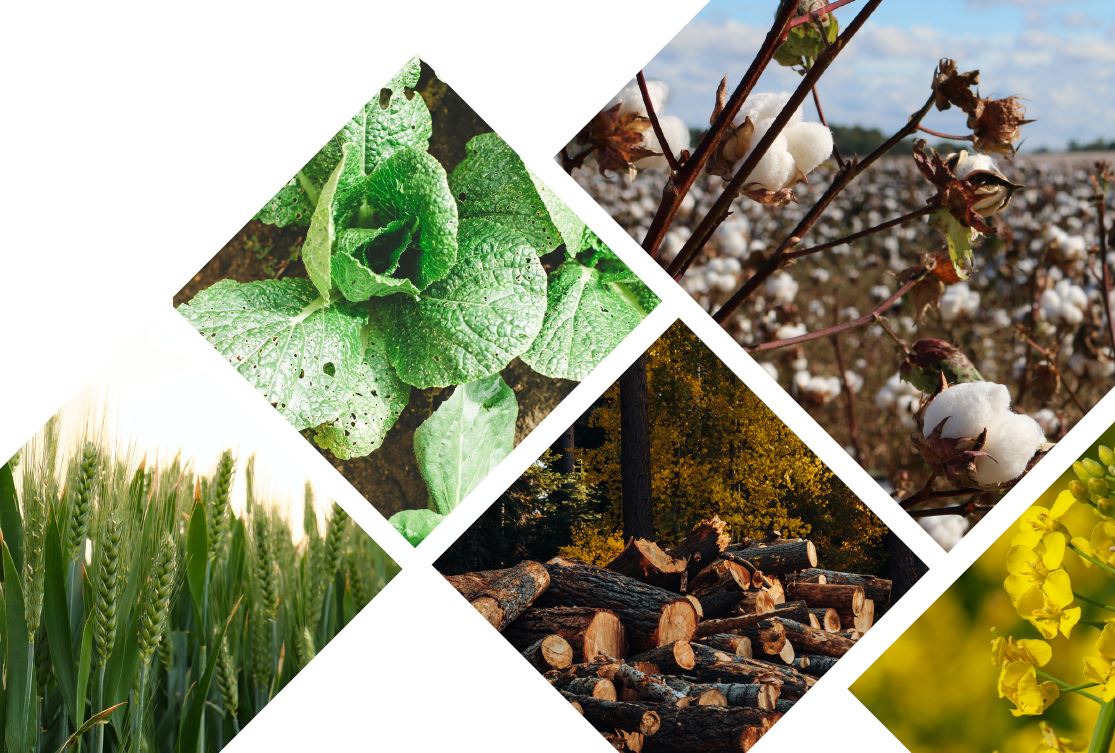New working paper through a GCRF TRADE Hub collaboration
Businesses with agricultural supply chains depend on and impact biodiversity, both directly through their activities and indirectly through their supply chains and there is growing momentum to better assess and manage these relationships with nature. However, the business community is facing challenges in measuring their biodiversity performance and keeping track of the rapidly evolving landscape of biodiversity measurement approaches for business, which increases confusion amongst many corporates around their specific applications.
The GCRF TRADE Hub and the EU B@B Platform have come together to support industry, scientists and practitioners to assess the challenges and potential solutions for measuring and disclosing biodiversity impacts and dependencies of companies with agricultural supply chains. This working paper compiles the findings of a corporate needs assessment that consisted of a survey and interviews with companies and a multi-stakeholder workshop.
The overall perception of companies is that measuring biodiversity impacts is complex and raises many questions including: how to measure, where to start, when to combine different approaches and metrics, how to aggregate results, and how results can inform action. The study highlighted six main challenges faced by companies attempting to measure their relationship with biodiversity:
■ Lack of capacity and understanding to implement existing measurement approaches
■ Lack of approaches to measure impacts directly and heavy reliance on proxies
■ Lack of evidence of application
■ Lack of access to biodiversity data by business
■ Few measurement approaches to track targets
■ Difficulty interpreting and aggregating results.
This review and consultation identified an initial set of solutions that could make progress in applying biodiversity measurement along agricultural supply chains:
(1) alignment across existing approaches and (2) guidance on how to navigate through those approaches were identified as the most pressing solutions followed by (3) training on how to use the different methods and (4) improved data availability. This working paper further discusses how alignment in terms of input data, presentation of outputs and how they could inform action could help the uptake of biodiversity indicators, metrics and tools by companies with agricultural supply chains. Finally, by providing the outputs of consultations, this working paper lays the foundation for the development of guidance that could offer a relatively ‘quick win’ to improve corporate measurement of biodiversity.
Download the working paper
